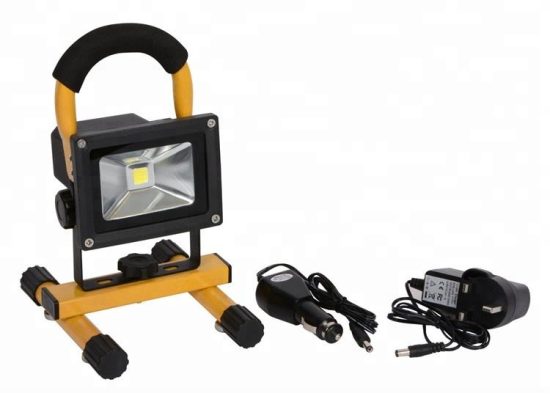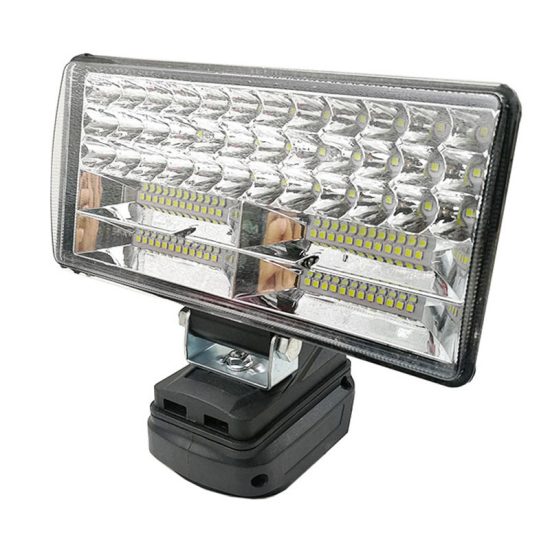Certainly! Here’s an ultimate breakdown of flashlight essentials, covering various aspects that define flashlight technology and features:
- Light Source:
- LEDs (Light Emitting Diodes): Widely used for their efficiency, durability, and brightness. They offer longer life spans and lower power consumption compared to incandescent bulbs.
- Incandescent Bulbs: Less common in modern flashlights due to their lower efficiency and shorter lifespan.
- Brightness and Lumens:
- Lumens: Measurement unit for the total quantity of visible light emitted by a source. Flashlights may offer different brightness levels, often measured in lumens, ranging from a few lumens for low settings to several thousand lumens for high-powered models.
- Beam Type and Focus:
- Floodlight: Provides a wide-angle illumination useful for general lighting or close-up tasks.
- Spotlight: Emits a more focused and concentrated beam suitable for long-distance visibility.
- Adjustable Focus: Allows users to switch between flood and spot modes by adjusting the lens.
- Battery Type and Power Source:
- Disposable Batteries: AA, AAA, CR123A, etc.
- Rechargeable Batteries: Lithium-ion, 18650, or built-in rechargeable batteries.
- Power Sources: Some flashlights support USB charging or have solar-powered options.
- Battery Life and Run Time:
- The duration a flashlight can operate continuously on a single charge or set of batteries, varying based on the brightness level used.
- Modes and Special Functions:
- Multiple Brightness Modes: Low, medium, high, strobe, SOS, beacon, or variable dimming.
- Special Modes: Tactical, self-defense, UV light, red light for preserving night vision, etc.
- Smart Features: Bluetooth connectivity, programmable settings, or remote control via smartphone apps.
- Water Resistance and Durability:
- Flashlights are rated based on their ability to withstand water exposure (IPX ratings) and resistance to impact or rugged use.
- Size and Portability:
- Flashlights come in various sizes, from small keychain lights to larger, more powerful models. Compact designs are favored for everyday carry (EDC).
- Material and Build:
- Flashlights are made from materials like aluminum, stainless steel, or durable plastics. Some have textured grips for better handling.
- Regulated Output and Thermal Protection:
- Circuitry to maintain consistent light output as the battery drains and prevent overheating during extended use.
- Tactical and Specialized Features:
- Designed for specific purposes such as hunting, camping, law enforcement, or industrial use. These might include weapon mounts, strobe for disorientation, or specialized filters.
- Beam Distance and Throw:
- Beam Distance: The maximum distance the light travels effectively.
- Throw: The flashlight’s ability to focus light over distance, impacting visibility.
- User Interface and Controls:
- Tail switches, side switches, or twist heads for turning the light on/off and switching between modes.
- Brand and Price Range:
- Various brands offer different features, quality, and pricing, allowing users to choose based on their preferences and budget.
Understanding these essential features can help individuals select a flashlight that suits their specific needs, whether it’s for everyday tasks, outdoor activities, emergency preparedness, or professional use in various fields.


